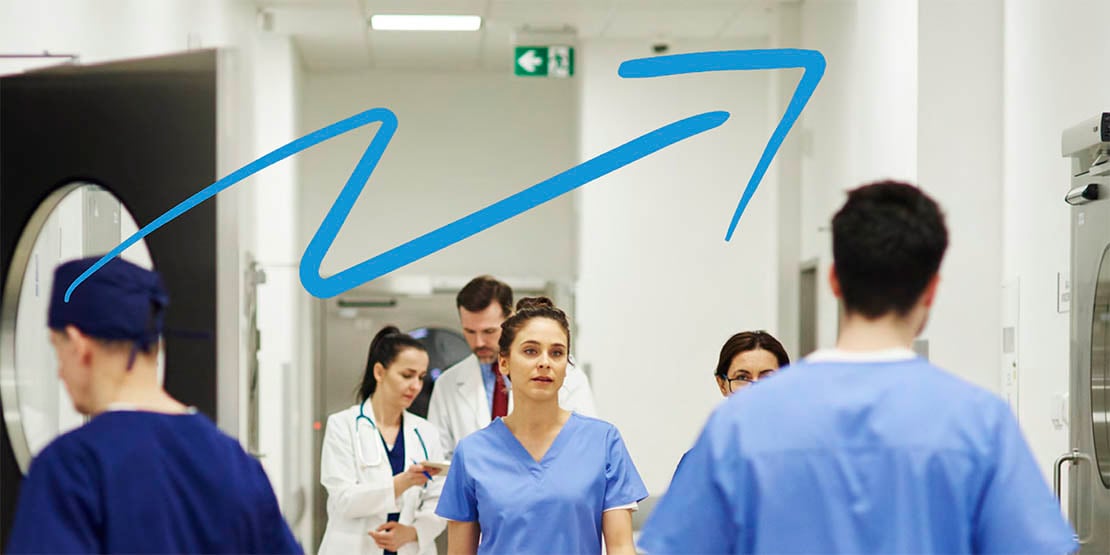To service delivery to a remote network of hospitals and health services across a vast area

Solutions to monitor and maintain devices, saving valuable money and time.
South West Alliance of Rural Health | Kyocera
Formed in 1997, the South West Alliance of Rural Health (SWARH) is an alliance that focuses on the IT needs of acute public hospitals in the South West of Victoria, covering an area of approximately 60,000 square kilometres.


To service delivery to a remote network of hospitals and health services across a vast area

To reduce the total cost of ownership of document equipment

To reduce SWARH’s environmental impact

Kyocera conducted a detailed audit to identify the printing usage and needs of all the facilities under the organisation’s purview

Kyocera performed a quick and seamless roll-out of 250 machines across regional Victoria

Kyocera recommended machines with unique ECOSYS technology, to reduce total cost of ownership and environmental impact

At the end of 2007, SWARH went through the tender process to select a supplier for all their printing and multifunction device (MFD) needs.
Among SWARH’s key criteria was lowered costs and reduced environmental impact. There was also the added challenge of delivering services to their remote network. “The tyranny of distance was a big factor! We have a lot of smaller, more remote places that we want to provide the same service to. Suppliers can say they will support these areas and then not deliver,” said Customer Services Manager Gerard Cashill.
The shortlist was narrowed down to just three suppliers. In the end, however, Kyocera’s experience and reputation helped to close the deal. “Kyocera’s experience with the Victorian Department of Education gave us the confidence they knew how to deliver across Victoria,” said Cashill.
Kyocera’s monitoring services also gave Cashill the added confidence that SWARH would have the resources needed to fully support their remote facilities. “Other firms competing for our business had an online monitoring service but Kyocera’s was the best we’d seen,” said Cashill. “The additional benefits Kyocera offered just couldn’t be ignored; it was an easy choice for us.”
Kyocera were signed on for a four-year contract that involved replacing 250 of SWARH’s devices in a staggered roll-out across Victoria. Right from the get go, Kyocera succeeded in exceeding expectations.
“It wasn’t part of the contract, but, straight off the mark, Kyocera conducted an audit of all our major sites. This was really above and beyond what they had to do, and enormously helpful, because it told us not only what equipment was there, but what would be a more preferable configuration for us,” said Cashill.
“It was a good exercise in making people aware that they can make significant savings by adopting the right strategy for their equipment. Even if you are just looking at 10 to 20 machines, over four years, this can quickly add up to real cost savings.”
Kyocera recommended printers with the company’s unique ECOSYS technology, which dramatically reduces the total cost of ownership of its printer by up to 60 per cent.
“A big advantage of the Kyocera machines is the drums, which have a greater lifespan than other vendors, and that’s what leads to the cost savings. All your costs and potential savings are in the consumables. People may think they are getting a bargain on a $100 printer until they have to buy the consumables,” says Cashill.
By using less materials and thereby diverting waste from landfill, SWARH can also dramatically reduce their environmental impact, fulfilling another of their key criteria.

Kyocera’s remote monitoring service has drastically lowered SWARH’s associated maintenance costs, and meant that SWARH can quickly and easily respond to any support issues their remote facilities might be having.
“Kyocera monitor the network for us and advise when consumables are needed, when service is required, and when and where there’s a paper jam, for instance. They do all of this online, which is crucial to servicing remote users,” said Cashill.
“It has really simplified things for us, as the larger organisations on our network, in particular, were stocking huge quantities of toner and consumables. They don’t have to do that any more, it’s all part of the maintenance agreement with Kyocera, and that saves them money, time and effort. They now know exactly what it will cost them.”
SWARH are so satisfied with the service that Kyocera has provided them over the years, that they remain KYOCERA clients to this day.
Kyocera’s exemplary remote monitoring service saves SWARH money and time associated with maintenance
With Kyocera’s help, SWARH can quickly and simply respond to support issues at remote facilities
A simple monthly bill means SWARH can easily manage their facilities’ budgets

Driving business transformation and resilience with hybrid work environments.